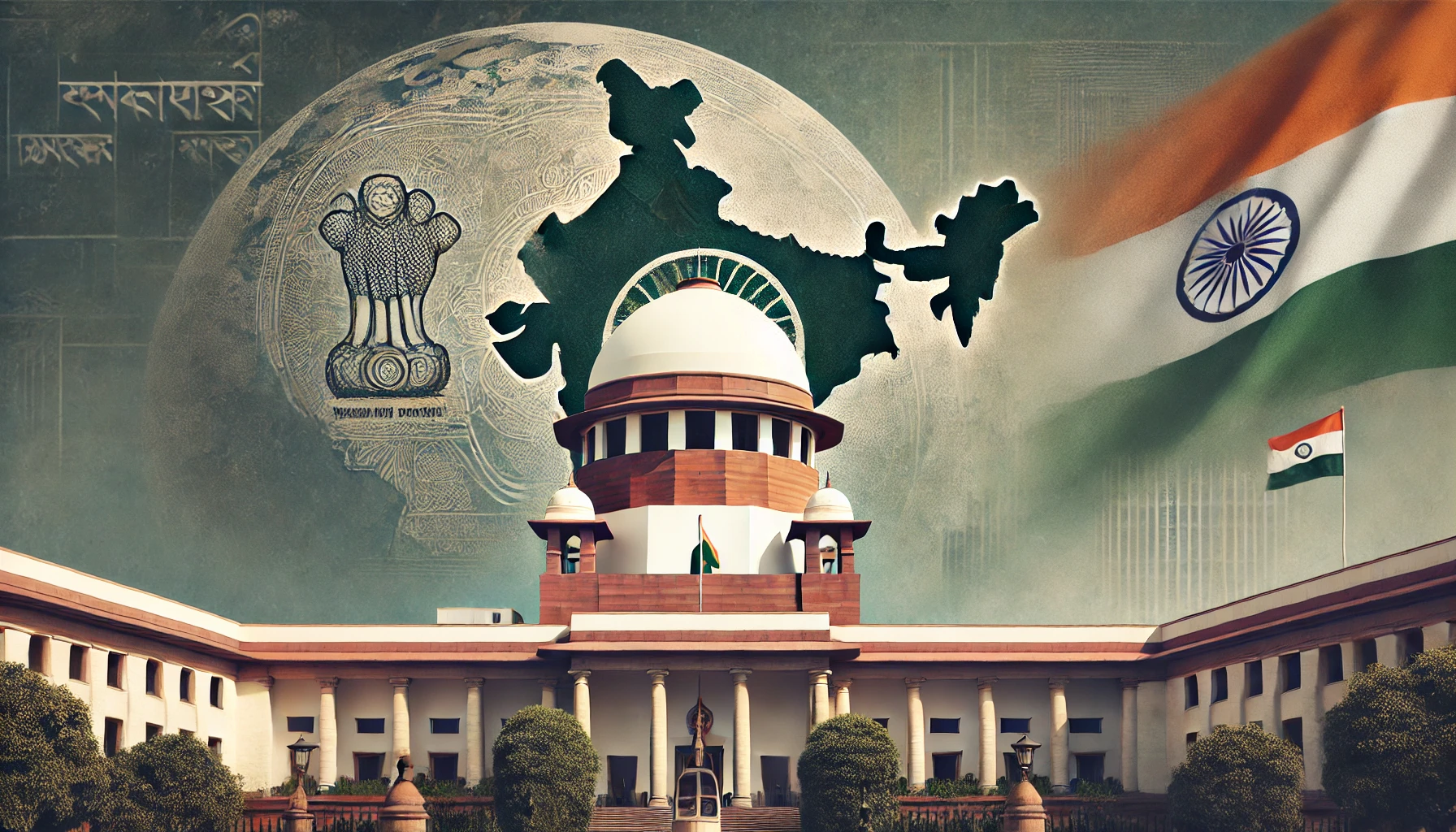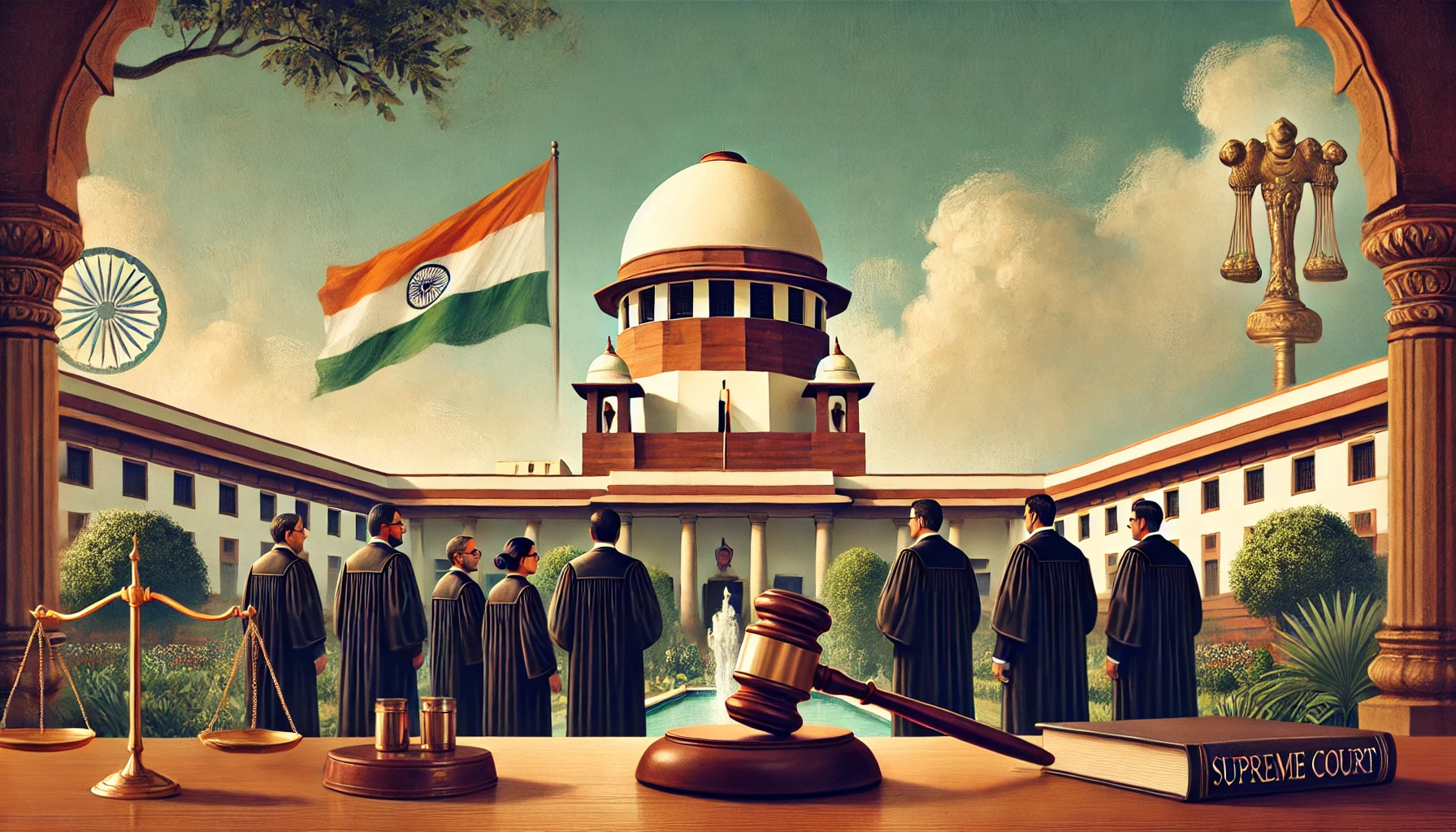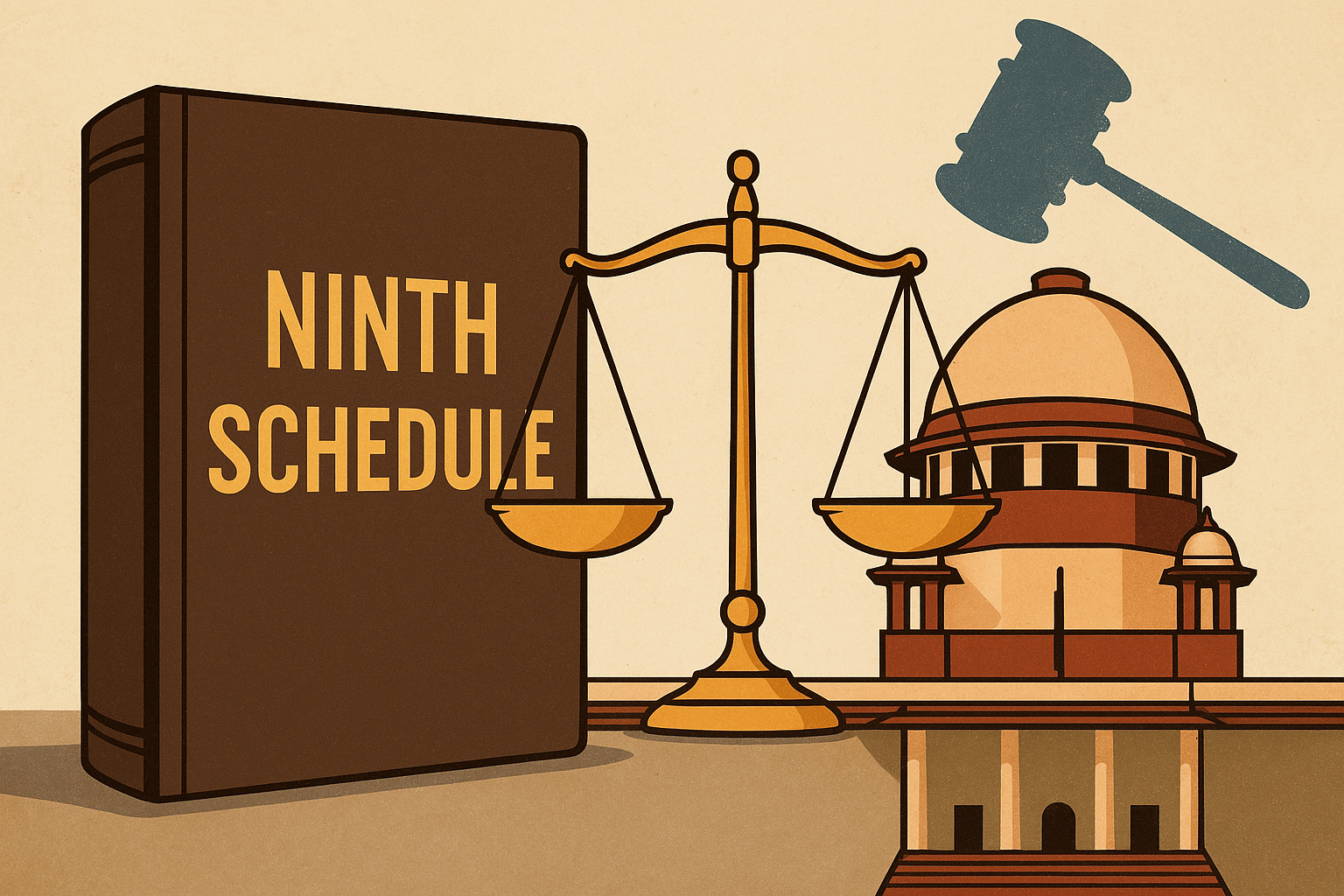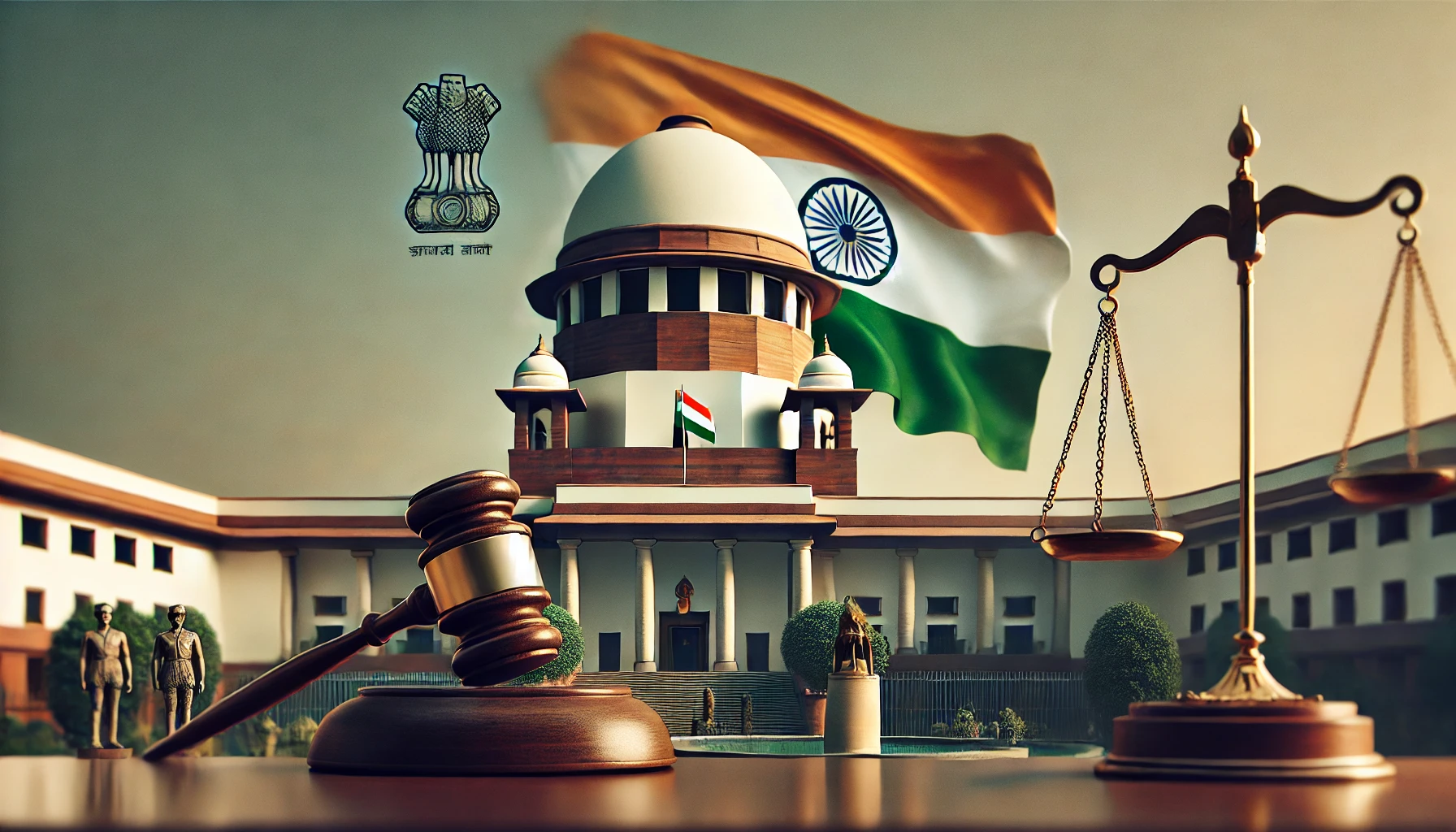Justice K.S. Puttaswamy (Retd.) v. Union of India (2017)
Justice K.S. Puttaswamy (Retd.) v. Union of India (2017) – Right to Privacy as a Fundamental Right In this historic judgment, the Supreme Court declared privacy as a fundamental right under Article 21, forever shaping how individual liberty and personal data are treated in modern India. Background: The case began with a challenge to the Aadhaar scheme, where citizens were required to provide biometric and demographic information to receive government benefits. Retired Justice K.S. Puttaswamy filed a petition, arguing that compulsory data collection violated citizens’ privacy. As the case progressed, a larger constitutional question emerged: Is the right to privacy protected under the Constitution? Earlier judgments had ruled that privacy was not a guaranteed right, which meant that Aadhaar or similar programs could not be challenged on that basis. To settle this, a 9-judge Constitution Bench was formed. Legal Issues Raised: Is the right to privacy a fundamental right under the Indian Constitution? If yes, under which provisions is it protected—Article 21, Article 19, or others? What are the limits and scope of this right in relation to State action and technological advancement? Supreme Court’s Key Observations: Privacy Is Inherent in Article 21: The Court unanimously ruled that the right to privacy is an intrinsic part of the right to life and personal liberty under Article 21. Overruled Earlier Judgments: It overruled the M.P. Sharma (1954) and Kharak Singh (1962) cases, which had denied the existence of a fundamental right to privacy. Privacy Includes Multiple Dimensions: The right to privacy includes: Bodily autonomy Personal choices Control over personal information Sexual orientation Freedom of thought and expression Limits of the Right: Like other rights, privacy is not absolute. It can be restricted if: There is a legitimate State interest The restriction is proportionate There are legal safeguards in place Impact of the Judgment: This ruling became the foundation of digital rights in India, influencing laws related to data protection, surveillance, and technology. It directly impacted the Aadhaar verdict, narrowing the scope of where Aadhaar could be made mandatory. It reinforced that dignity, autonomy, and individual choice are central to the Indian Constitution. The case is often compared to landmark global privacy judgments, placing India among countries recognizing privacy as a key constitutional value.




